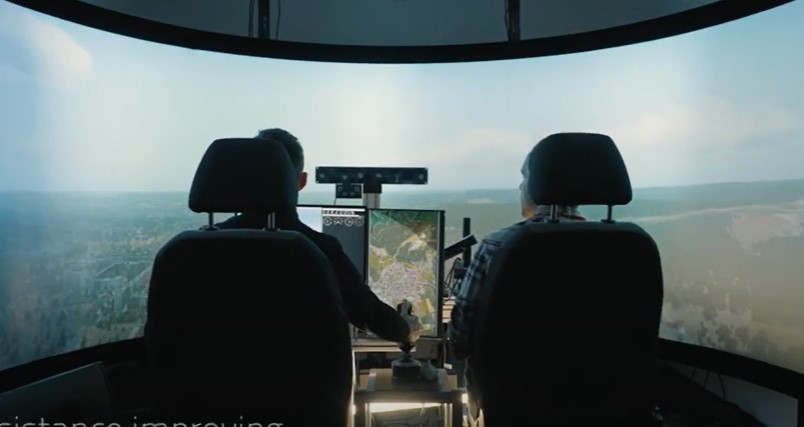The flight test took place in Amstetten, Austria, in June and leveraged new functionalities of the two-display ground control station that is also operated from Honeywell’s Brno research and development facility, says the company. “With a collaborative interface with air traffic control, the ground control station operator was able to receive commands originated by air traffic control to increase operational efficiency through real-time data exchange with different systems.
“These demonstrations are a critical step toward integrating advanced air mobility systems into everyday airspace, promising significant advancements in drone operations,” said David Shilliday, Vice President and General Manager, Advanced Air Mobility at Honeywell Aerospace Technologies.
Frequentis provided enhanced U-space services for the flight test, including mission conformance monitoring and tactical conflict detection. U-space, a new air traffic management environment for unmanned aerial systems, uses a set of new services based on a high degree of digitization, automation of functions and specific procedures created to safely allow a large number of drones within an airspace. Using both simulated and real drones, Honeywell’s ground control station also demonstrated the initial implementation of a ground-based detect and avoid solution, a safety tool designed to make drone flights safer and more reliable, especially in uncontrolled airspace.
These demonstrations mark an important step in the Honeywell-led Project OperA, one of the two Honeywell projects awarded through the latest round of funding from the European Union’s SESAR 3 Joint Undertaking. Project OperA focuses on building solutions for complex operations of advanced air mobility, piloted eVTOL aircraft and uncrewed cargo aircraft in real-life European airspace.
For more information
https://aerospace.honeywell.com/




